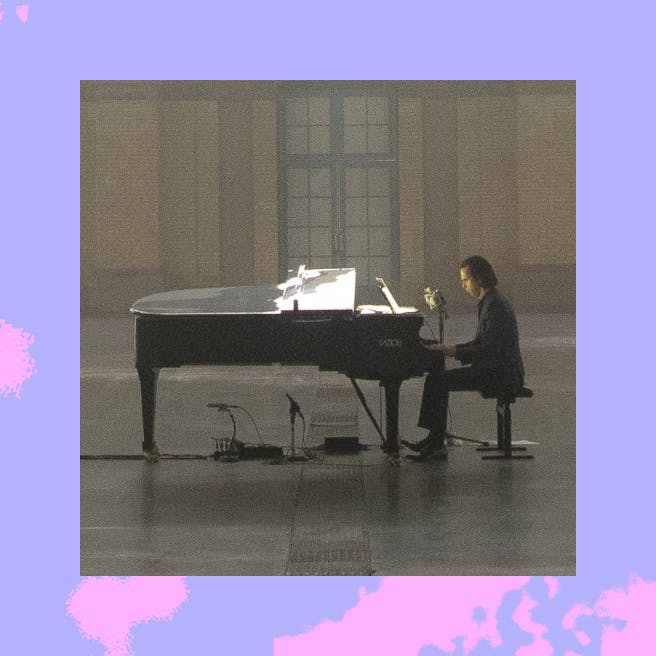In the past few weeks, I’ve been asked what it’s like working with live streams (particularly paid ones). Getting your event in front of the right fans amidst the current Live Stream clutter is as important as ever.
DICE is lucky to have insights from thousands of online events since we launched DICE TV and from our years of experience in the pre-COVID world of live events. So I started a list and hope it’s helpful.
1. Have a strong reason/ theme
There was a short time when “going live” was enough for an online show. That time has passed, fans are bored and craving a real show. The best selling events have a strong concept or support a specific release/campaign. What’s working = an acoustic or alternative live version of an album, an album launch party, an album anniversary event, a listening party with the artist, a live performance in a beautiful venue (that can help that venue pay its rent) and a proper Q&A with fans that can turn into a podcast.
2. Make it memorable
Think about something you’ve always wanted to do. This is the time for creativity, so how can you adapt the medium of video to represent yourself or your artists? That doesn’t mean spending a fortune. Genuine intimacy or a unique performance is the most impactful. Laura Marling’s show at Union Chapel is an example of this.
3. Take advantage of being intimate
10,000 people might be watching you, but it should come across as if you’re performing to one fan. And if you’re doing it well, it absolutely will.
4. Discovery is more important than ever
There are over 20,000 music live streams a week and some are magical, but a lot aren't. Fans need to be able to find your show amongst this noise and trust that it’s going to be worthy of their time. That means targeting fans who would enjoy your event outside your core fans. Over 50% of our live stream ticket sales come from our recommendation algorithms, which is up from 34% for IRL events pre-COVID.
5. Paid live streams are more impactful than free
Last week was the first time that paid live streams were more popular than free ones on DICE, a trend that we’d seen building over the last few weeks. As with IRL shows, “free” often devalues the event. While audience numbers will be smaller with a paid live stream, fans are highly engaged and committed to watching the entire event. Over 90% of Lewis Capaldi’s viewers watched the stream from start to finish.
